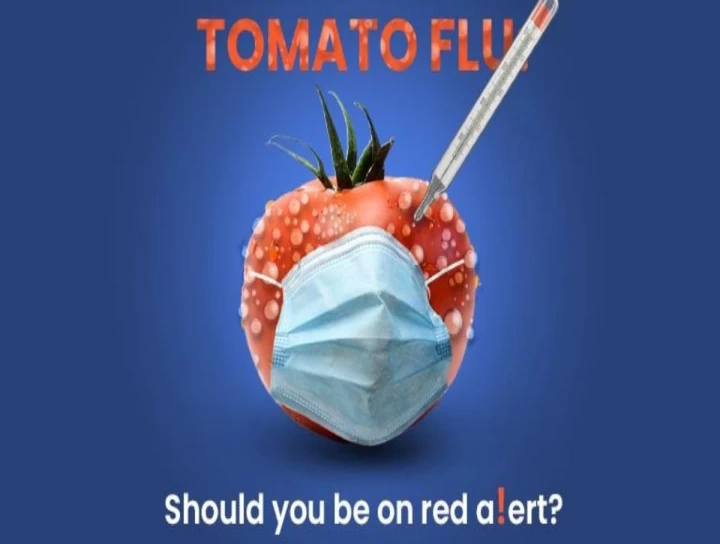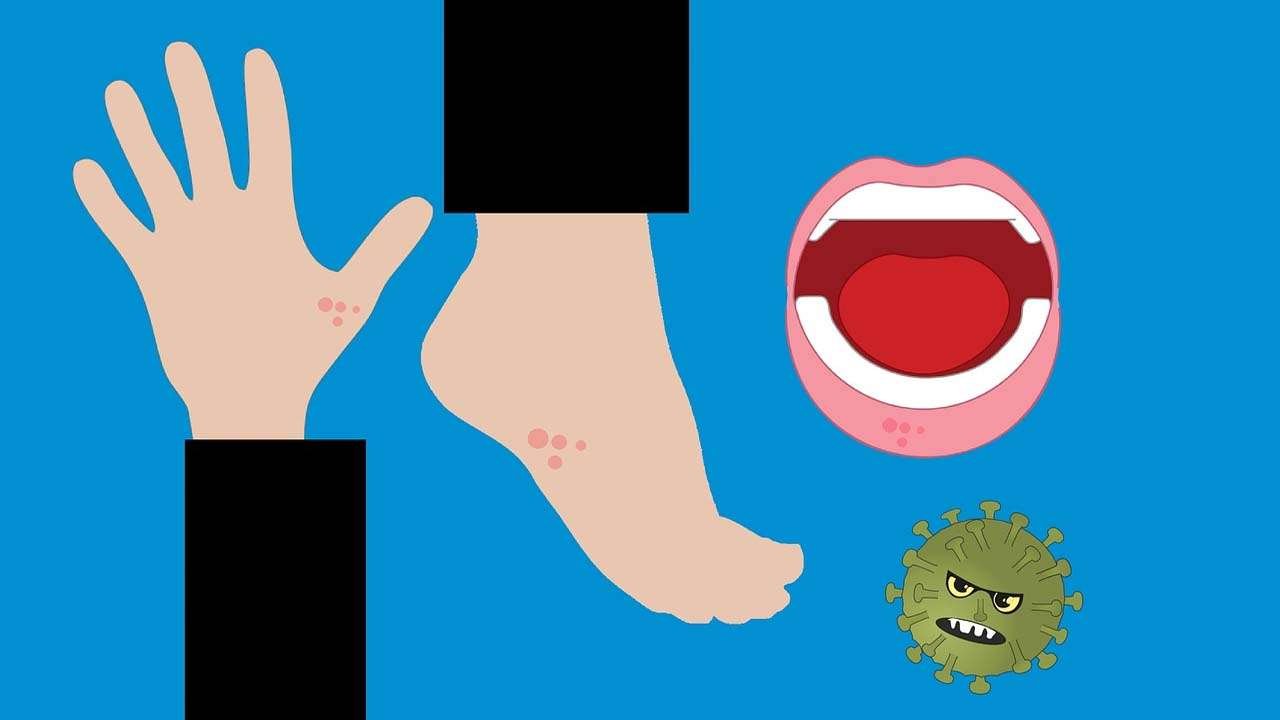
What's going viral now?
The viral thing about this decade seems to be the viral infections. The world is still recovering from the waves of COVID-19, and monkey-pox has kept the world on its toes. A paper in The Lancet journal raised concerns over the rise in cases of the new virus, ‘Tomato Flu’ which was first reported in Kerela on May 6, 2022. The rare viral infection is in an endemic state and is considered non-life-threatening. Over 82 cases have been reported in children below 5 years of age and the number keeps revising every day.
What all do we need to know about the ‘TOMATO FLU’?
The virus could be a new variant of the Coxsackie virus, which is a group of Enterovirus Family that causes the hand, foot, and mouth disease, a common infectious disease targeting mostly children aged 1–5 years and immunocompromised adults. Tomato flu has also been postulated to be an after-effect of chikungunya or dengue fever in children rather than a viral infection.
What’s tomato in the flu? … The infection is characterized by red, painful blisters that gradually enlarge to the size of a tomato, hence the name Tomato Flu.
Symptoms to look out for
The primary symptoms observed in children with tomato flu are similar to those of chikungunya, which include high fever, intense pain in joints, and rashes. Common influenza-like symptoms are also observed in children identical to those exhibited in dengue. Secondary symptoms include fatigue, nausea, vomiting, diarrhoea, mouth ulcers, sore throat, dehydration, swelling of joints, body aches, and common influenza-like symptoms, which are similar to those manifested in dengue.
Can it be managed?
In children with these symptoms, molecular and serological tests are done for the diagnosis of dengue, chikungunya, zika virus, varicella-zoster virus, and herpes; once these viral infections are ruled out, contraction of tomato virus is confirmed. Because tomato flu is similar to chikungunya and dengue as well as hand, foot, and mouth disease, treatment is also similar—ie, isolation, rest, plenty of fluids, and hot water sponge for the relief of irritation and rashes. Supportive therapy of paracetamol for fever and bodyache and other symptomatic treatments are required.
Is there a cause of major concern?
The infection in self limiting and non-life-threatening. Although highly contagious, proper isolation and diligent self and surrounding hygiene practices can very well limit the spread of the disease.
This decade has thrown us viral curveballs for sure, but it did make us adept and diligent about our hygiene practices. With our armours on, let get back to our lives with the hope of rosier future. Until then, Stay Clean, Stay Safe.




No Any Replies to “Tomato Flu”
Leave a Reply